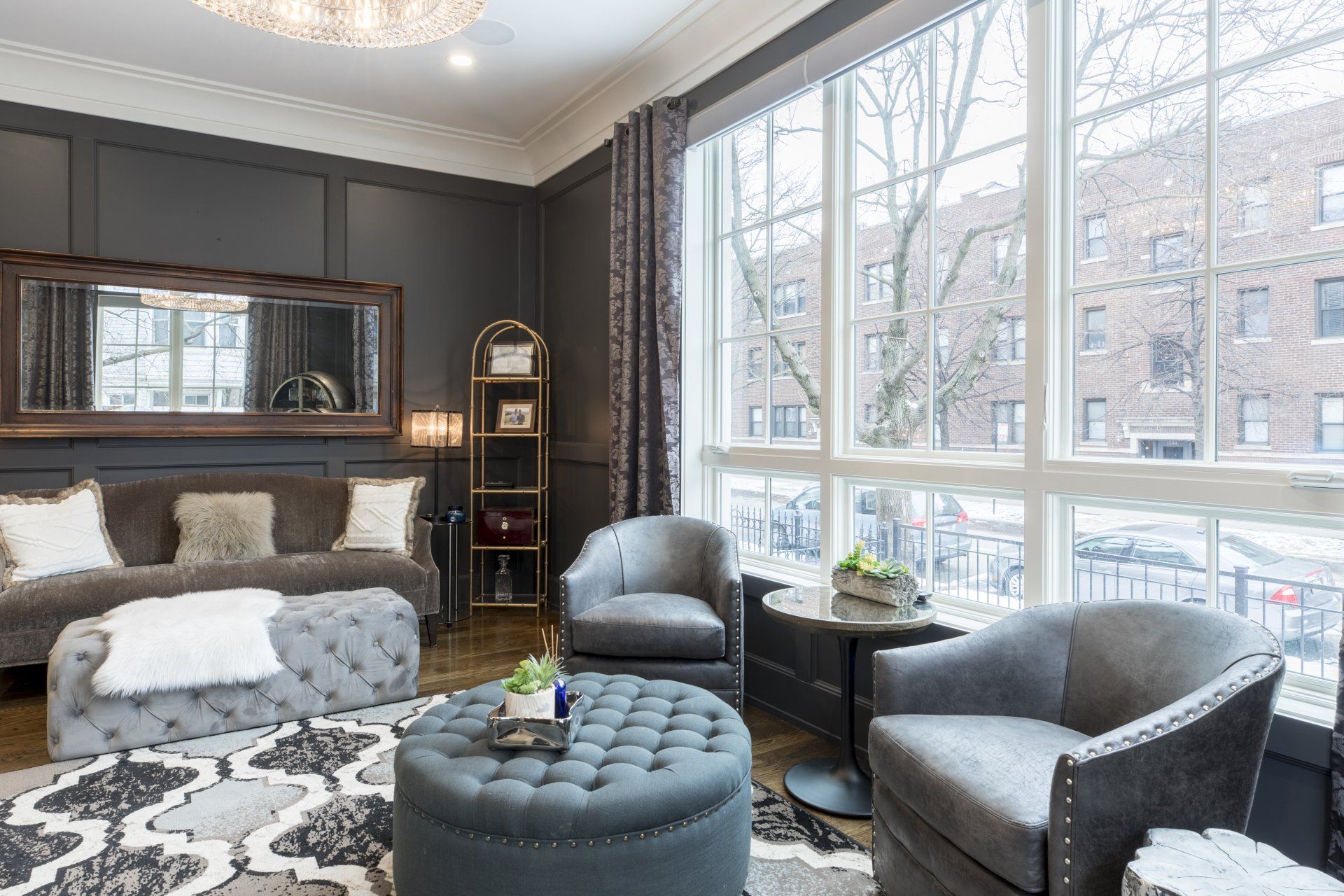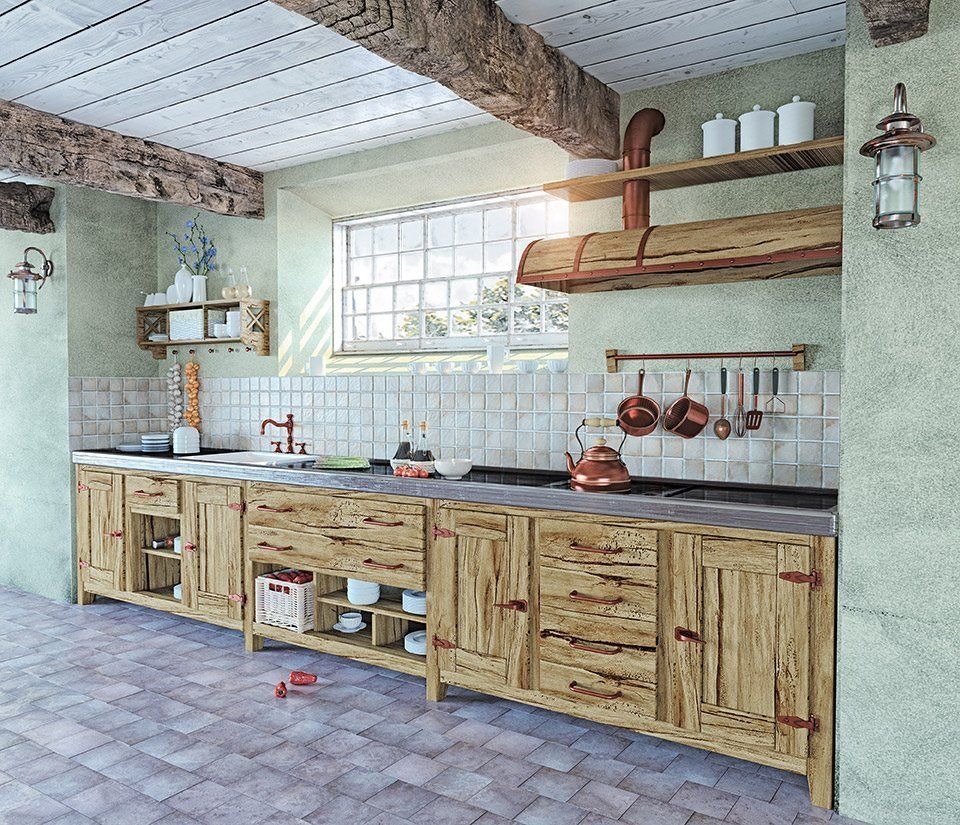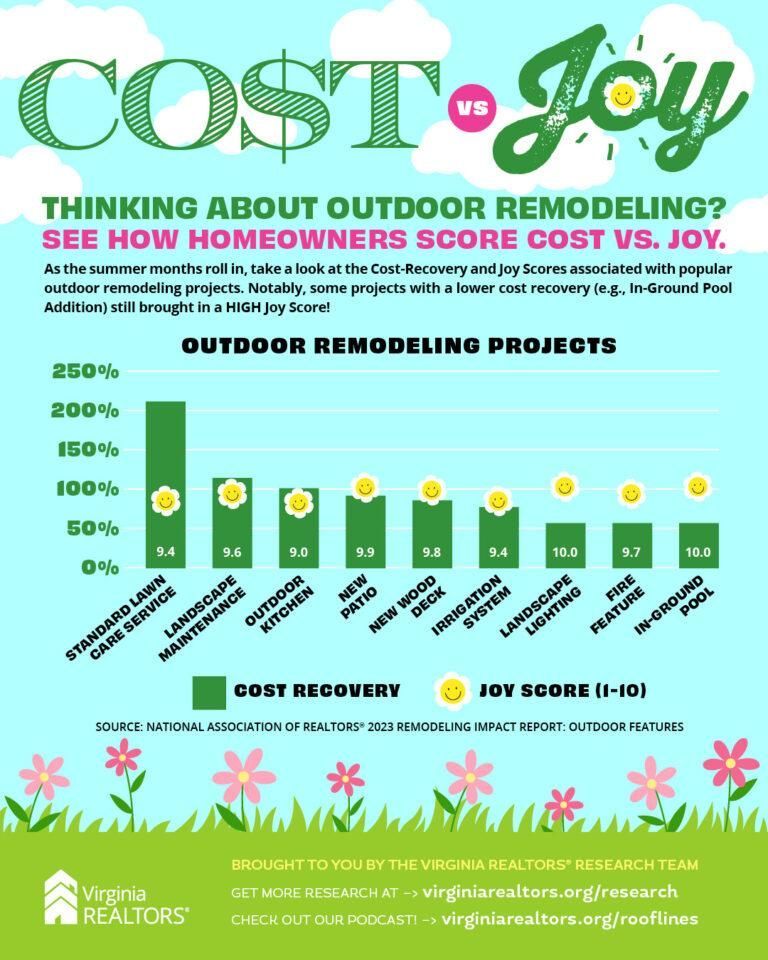CALL US TODAY · 276-623-3718
Blog Layout
Styled, Staged & Sold | Why Staging Your House Make It Sell Faster & For More Money | Uptown Properties
Sandie Rhymer • June 22, 2023
Upgrade your home to impress buyers!

Introduction:
When it comes to selling real estate, staging plays a crucial role in captivating potential buyers and accelerating the sales process. A well-staged home has the power to create an emotional connection, highlight the property's best features, and leave a lasting impression on prospective buyers. In this article, we will explore effective staging techniques that can help you achieve a quick sale for your real estate property.
Declutter and Depersonalize:
The first step in staging your home for a quick sale is to declutter and depersonalize the space. Remove any excess items, personal belongings, and clutter that may distract potential buyers from seeing the true potential of the property. A clean and organized space allows buyers to envision their own belongings in the home, making it easier for them to connect with the property.
Highlight Key Features:
Identify and highlight the key features of your property. Whether it's a stunning fireplace, a spacious backyard, or beautiful architectural details, emphasize these elements during the staging process. Use furniture placement, lighting, and accessories to draw attention to these focal points, creating a memorable impression for buyers.
Neutralize Colors and Decor:
Neutral colors and decor choices have broad appeal and can help potential buyers visualize their own style within the space. Consider painting walls in soft, neutral tones and opting for timeless furniture and accessories. Neutralizing the overall aesthetic creates a blank canvas that allows buyers to envision their own design preferences.
Enhance Curb Appeal:
Don't forget about the exterior of the property! Enhancing curb appeal is crucial in attracting buyers and generating interest. Ensure the front yard is well-maintained, tidy, and welcoming. Consider adding fresh flowers, trimming hedges, and repainting the front door to create an inviting entrance. The exterior should make a positive first impression, enticing buyers to explore further.
Create a Sense of Space:
Maximize the perceived space within your property. Remove bulky furniture or rearrange it to create an open and spacious feel. Use mirrors strategically to reflect light and make rooms appear larger. Ensure that pathways are clear, and furniture placement allows for easy flow between rooms. A sense of space gives buyers the freedom to imagine their own furniture and design choices.
Let in Natural Light:
Lighting plays a vital role in staging. Open curtains, blinds, and shades to let in as much natural light as possible. Well-lit spaces feel more welcoming and inviting. If natural light is limited, use a combination of ambient and task lighting to create a warm and cozy atmosphere.
Finishing Touches:
The final touches can make all the difference. Add tasteful accessories such as fresh flowers, strategically placed artwork, and decorative accents to enhance the overall appeal of the property. Pay attention to small details like fresh linens, neatly arranged bookshelves, and a welcoming aroma. These subtle touches can create a memorable experience for potential buyers.
Conclusion:
Staging a property for a quick sale requires careful planning and attention to detail. By decluttering, highlighting key features, neutralizing colors, enhancing curb appeal, creating a sense of space, maximizing natural light, and adding finishing touches, you can create an irresistible environment for potential buyers. Remember, a well-staged home not only captures the imagination of buyers but also helps them envision a future in their dream home. Good luck with your real estate sale!

Share
Tweet
Share
Mail
Curious About Your Properties Updated Market Value?
Fill Out The Form Below And We Will Send You A Free Market Value Report!
*We value your privacy so any information submitted will not be sold, shared, or added to any type of automated marketing list*
Sign up to our newsletter
Thank you for contacting us.
We will get back to you as soon as possible
We will get back to you as soon as possible
Oops, there was an error sending your message.
Please try again later
Please try again later
Looking To Buy Or Sell A Property?
Contact Us Or Fill Out The Form Below!
Contact Us
Thank you for contacting us.
We will get back to you as soon as possible
We will get back to you as soon as possible
Oops, there was an error sending your message.
Please try again later
Please try again later
Uptown Properties LLC
Address
125 Charwood Drive
Abingdon, VA 24120
Phone
Email
UPTOWN PROPERTIES LLC
Office Hours
Monday-Friday: 9am-4:30pm
Saturday: By Appointment
Sunday: By Appointment
LOCATIONS
355 Falls Drive
Abingdon, VA 24210
325 E Main Street
Wytheville, VA 24382
6426 Kingsport Highway







